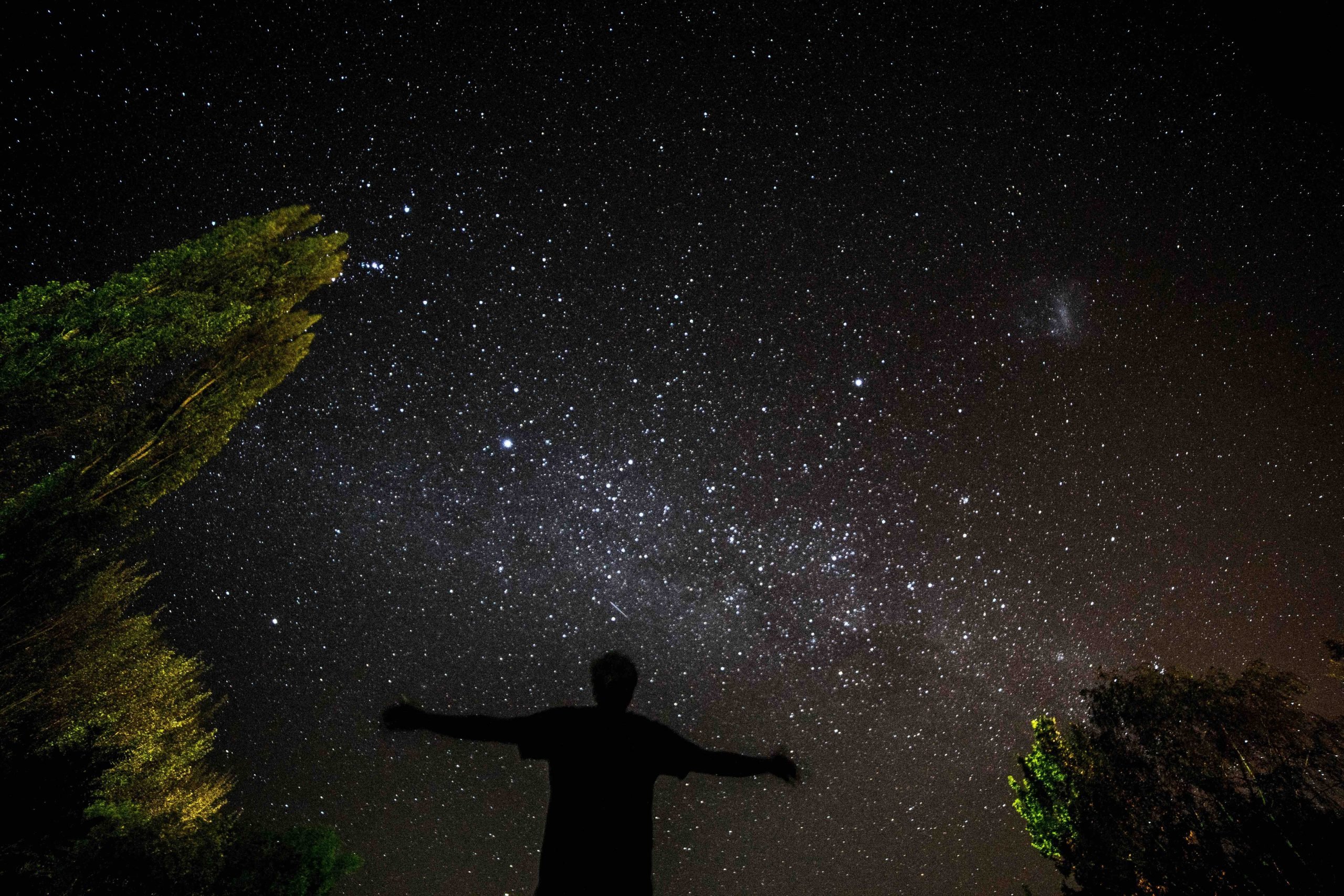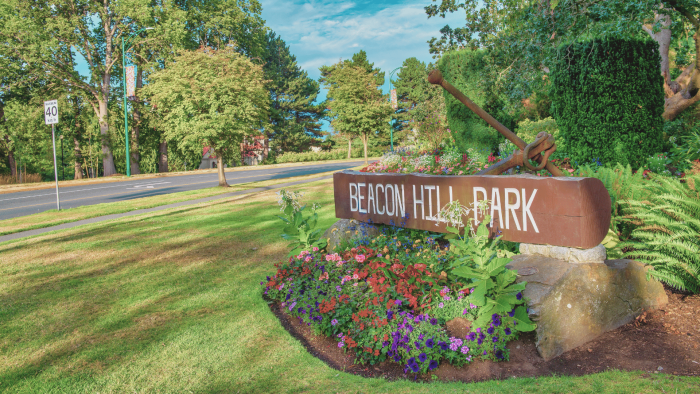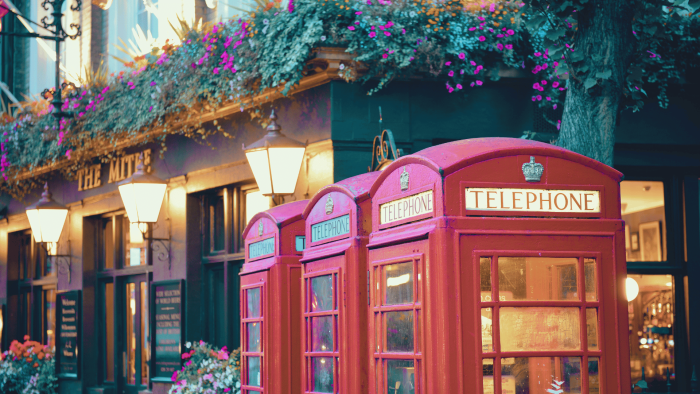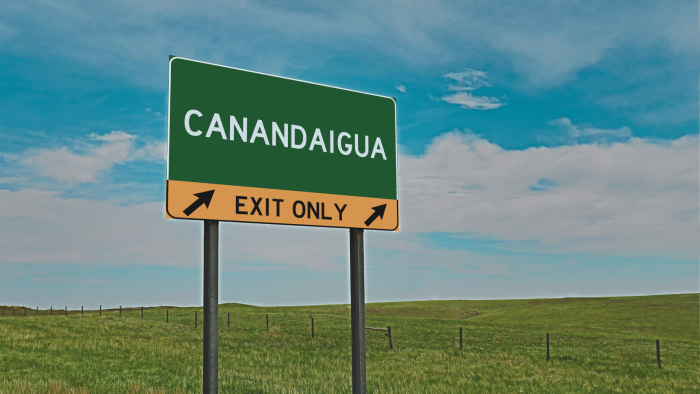My first experience with stargazing was at Headlands International Dark Sky Park in Mackinaw City, Michigan. I had my binoculars with me, and as my eyes adjusted, I became transfixed on what was clearly the Milky Way band in front of me and the Andromeda galaxy behind. I couldn’t have imagined seeing it all without a telescope—but you can, if you know where to go.
Light pollution affects 80 percent of the world, and 99 percent of people living in the U.S. and Europe cannot see a natural night sky on a regular basis. In response, DarkSky International, an organization committed to combating light pollution, has certified more than 200 locations around the world where the night sky is preserved. The organization also works with parks and municipalities to advance responsible outdoor lighting. Below, you’ll find a handful of our favorite Dark Sky Parks that make truly unforgettable travel destinations.
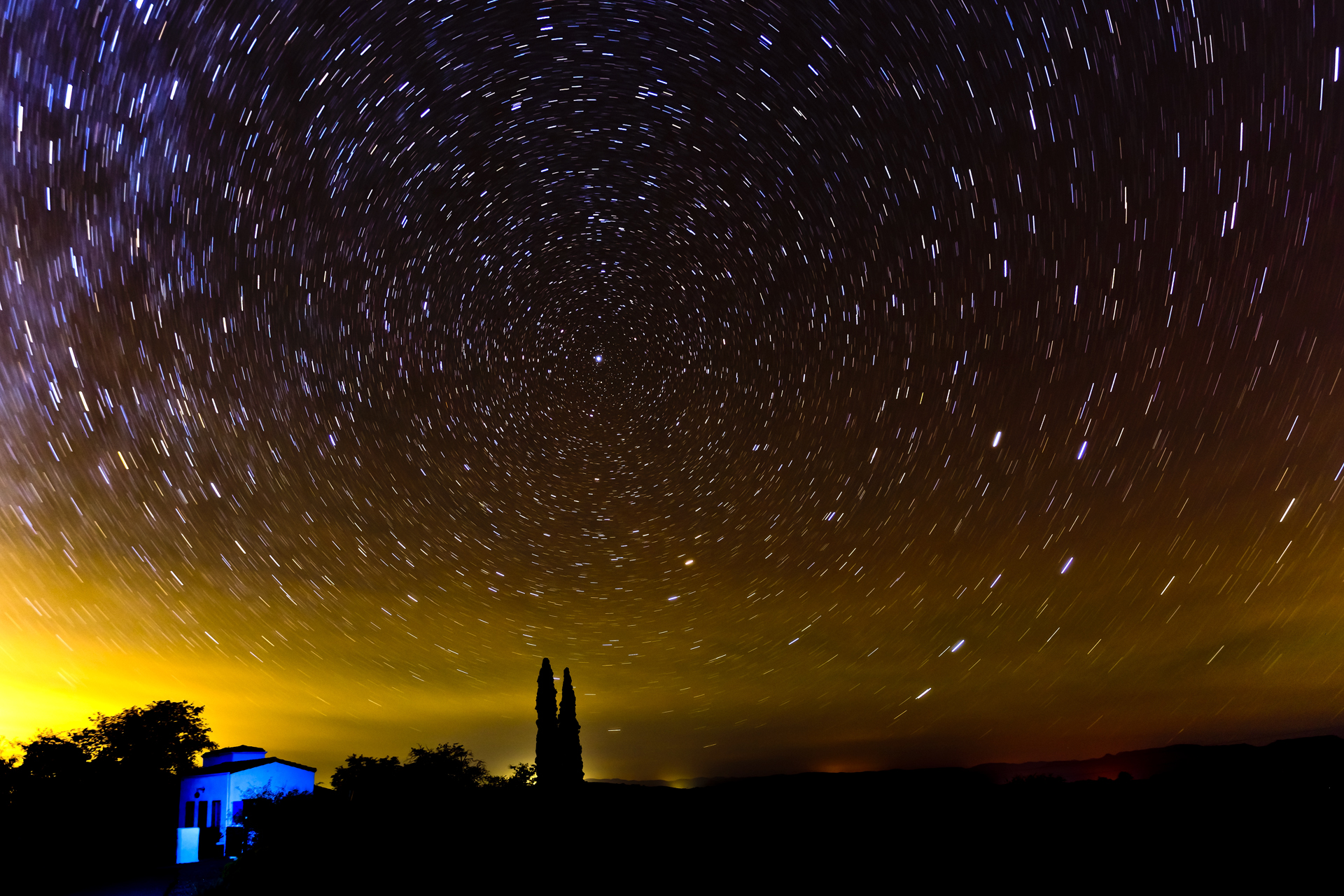
Photo by Arizona State Parks and Trails
Oracle State Park (Arizona)
Arizona is well known for its dark skies and national parks. DarkSky International is headquartered in Tucson, so it makes sense that it was Flagstaff that received the world’s first designation as a Dark Sky City. In Oracle (near Phoenix), Oracle State Park became Arizona’s first official Dark Sky Park. Light pollution in the area is blocked thanks to the Santa Catalina Mountains.
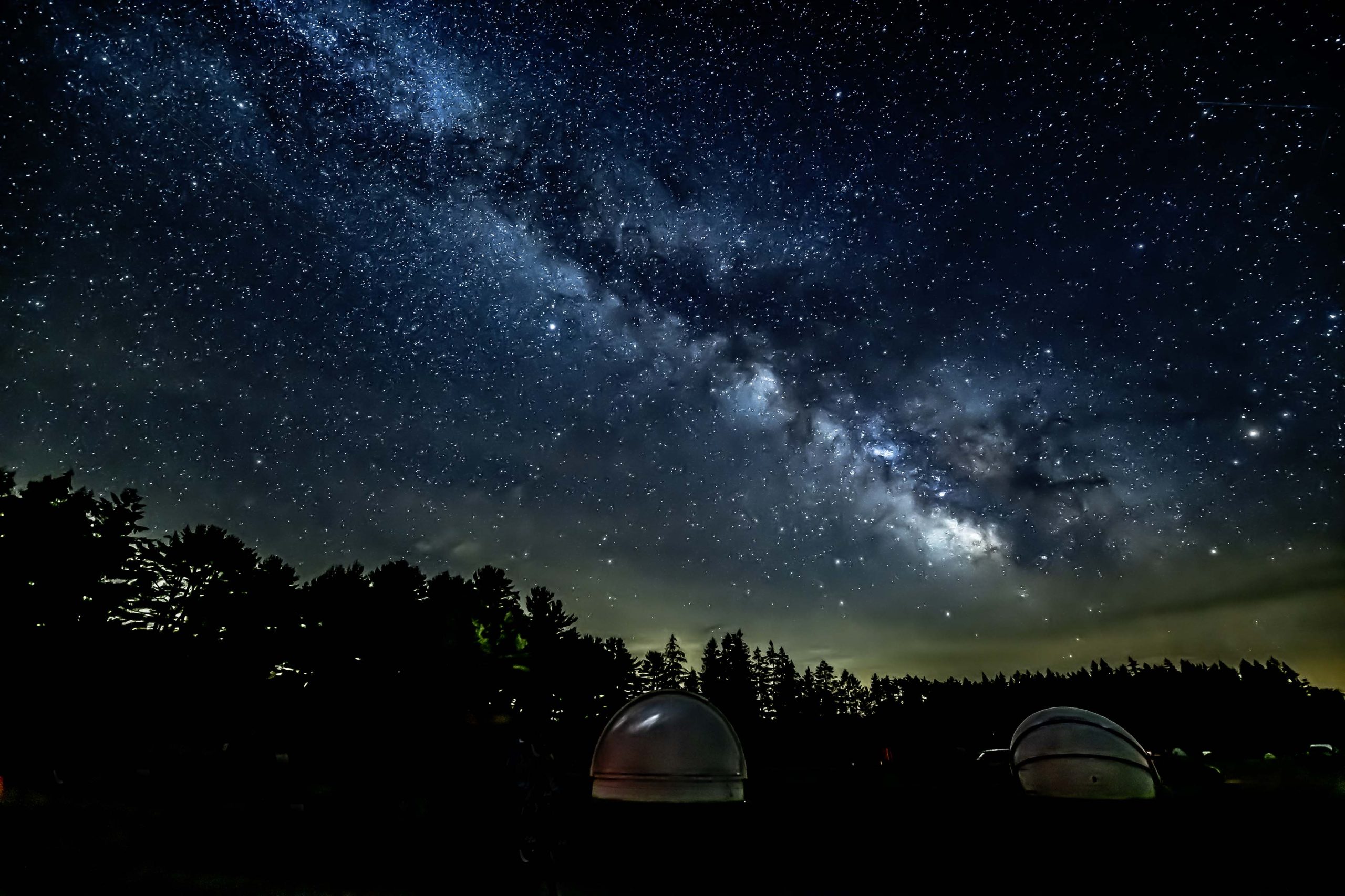
Photo by Curt Weinhold
Cherry Springs State Park (Pennsylvania)
Set within Susquehannock State Forest and just four hours from New York City, Cherry Springs State Park in north-central Pennsylvania is a delightful place to camp and picnic, and a phenomenal place to take in the stars. What makes Cherry Springs perfect for stargazing is Astronomy Field, which has 360 degrees of unobstructed views. They have upwards of 85 days a year that are perfect for observing, and host regular star parties.
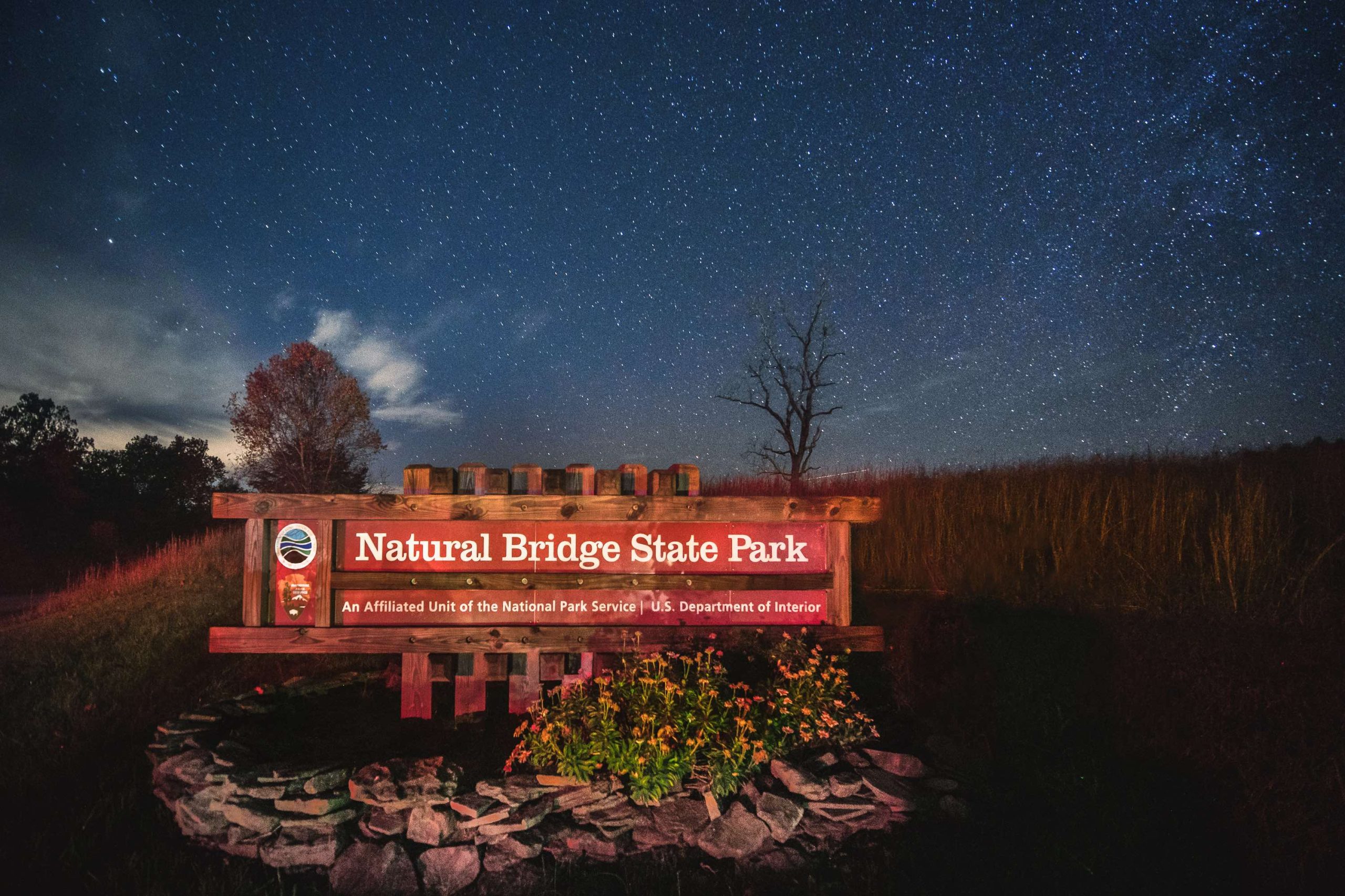
Photo via Virginia Tourism Corporation
Natural Bridge State Park (Virginia)
Situated on land once owned by President Thomas Jefferson, Natural Bridge State Park became a Dark Sky Park in 2021. The park is known for its namesake 200-foot rock archway and hiking trails, and is a favorite of amateur astronomers for the views of the night sky from its meadows. Virginia has no shortage of dark sky places, which includes three other state parks, one county park, and an annual dark sky festival at Shenandoah National Park.

Photo via Maine Tourism
AMC Maine Woods International Dark Sky Park
If you’re looking for Maine’s highest peak, longest river, or largest lake, then the Maine Highlands is where you go. Maine is also home to New England’s first and only official International Dark Sky Park: AMC Maine Woods (Appalachian Mountain Club). At 14,000 square kilometers of forest, it stands out for being one of the few places in the northeast that isn’t plagued by light pollution. Katahdin Woods and Waters National Monument in the National Park Service is another fantastic stargazing destination in Maine.

Photo by New Mexico True
Chaco Culture National Historical Park (New Mexico)
Chaco Culture National Historical Park in New Mexico is a Dark Sky Park with ancient history. A UNESCO World Heritage Site and the ancestral land of the Pueblo people (850 to 1250 CE), the park preserves the history and large structures built by the indigenous people, and is a stunning location for biking, and backcountry hikes to see ancient petroglyphs and roads. The park observatory is open to the public on Tuesday, Friday, and Saturday evenings during the summer.

Photo by Per Rasmussen for Visit Sydsjælland & Møn
Møn and Nyord (Denmark)
Møn and Nyord are two islands in southeastern Denmark, designated together as Scandinavia’s first Dark Sky Community and Dark Sky Park. Less than two hours from Copenhagen, they are a tourism draw for their brilliant night sky views and the marvelous limestone and chalk cliffs of Møns Klint, currently a UNESCO Biosphere Reserve and poised to become a UNESCO World Heritage site this year.
Feeling inspired? Grab your red-light flashlights, your camping gear, and your telescope or astronomy binoculars and find a park near you.

